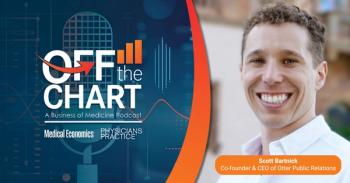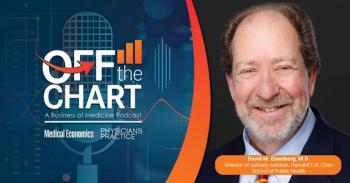
How Facebook Helped Market a New Physician Practice Model
An Arizona-based OB/GYN medical group found Facebook to be the most efficient and effective way to reach women and educate them on their new practice.
Built around a philosophy of "catering to the patient," a unique alliance of nine OB/GYN medical practices joined together five years ago to form Arizona OB/GYN Affiliates (AOA), now one of the largest physician-owned OB/GYN practices in the state. Currently, the AOA has 44 medical care providers including 29 board certified physicians and 15 practitioners across 10 locations. Introducing this collaboration to the Arizona public appeared challenging, as the initial message needed to appeal both to patients and to future physician business partners. The specific goals of the initial marketing campaign were to establish AOA as the leader in Arizona women's healthcare, to encourage doctors to join the practice, and to persuade the media that AOA doctors were industry "experts."
Substantial market research was the necessary first step. As the targeted patients were women between the ages of 21 and 52, a brand audit was conducted among this demographic to determine their current doctor preferences, their health "buying" behaviors, and to learn about experiences with their current OB/GYN. The results were interesting and gratifying: 100 percent of the women surveyed reported being fully committed to their current OB/GYN and would only change practices if their particular doctor moved elsewhere, and more than 90 percent of women under the age of 52 would prefer to consult their OB/GYN for all their healthcare needs. The survey respondents also reported that personal referrals from friends and family were key to engaging an OB/GYN and qualitative factors such as "being treated like a friend" were important reasons for doctor loyalty.
However, research also revealed that few people knew of the AOA brand. This was largely due to message and branding inconsistencies: office signs, literature, and advertising were varied throughout the different offices in both design and tone. While women respondents found the possibility of additional doctors more appealing - as more expertise would be available - they expressed concern about receiving less individual attention.
Further research revealed the media location where these women could be most efficiently and effectively be reached: Facebook. While television did play a small role in the campaign, it was social media and related microsites that made a substantial difference in the perception of AOA. A fresh Facebook page was created not only to provide an initial introduction to the alliance, but also to drive traffic to an updated website where more detailed information could be offered on topics such as infertility, personal wellness, and office procedures. Unlike traditional media, social media outreach could be easily quantified in web visits, page views, Facebook "likes" and comments. Since the launch of the campaign in 2011, the AOA family site has consistently grown from 1,200 initial visitors to 168,000 visitors today, AOA has over 3,700 Facebook fans, and the number of subscribers to the web-promoted newsletter is over 18,000. Additional social media strategies such as doctor-authored blogs and videos featuring topics relevant to the practice. AOA was also able to take national public interest media stories (such as Angelina Jolie's decision to have a double mastectomy) and create a medical angle to these stories, by having AOA doctors discuss the women’s health implications of each story. This strategy proved to be highly effective in terms of increasing engagement among Facebook fans.
Due to the willingness of AOA to invest in a somewhat untraditional media campaign, business is thriving and currently five OB/GYN practices are in discussion about future membership. Says AOA chief operating officer Paul Platzman, "Marketing outreach such as our monthly e-newsletter and Facebook campaigns have increased awareness and helped us secure patients that we like to think will stay."
Newsletter
Optimize your practice with the Physicians Practice newsletter, offering management pearls, leadership tips, and business strategies tailored for practice administrators and physicians of any specialty.














